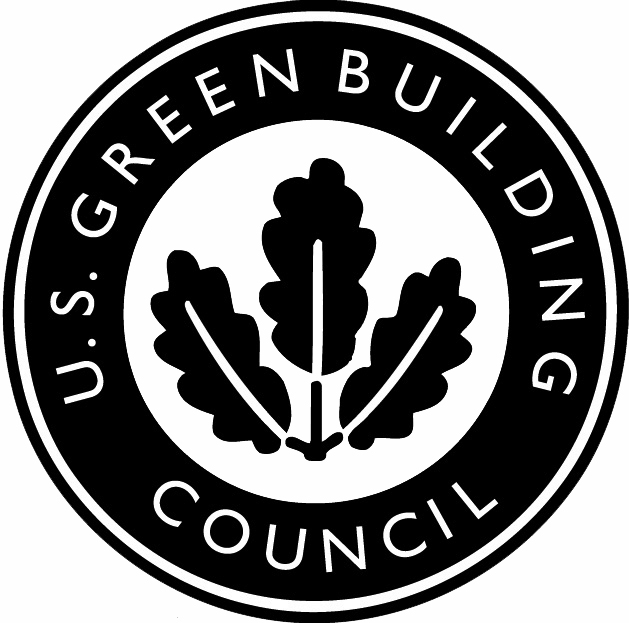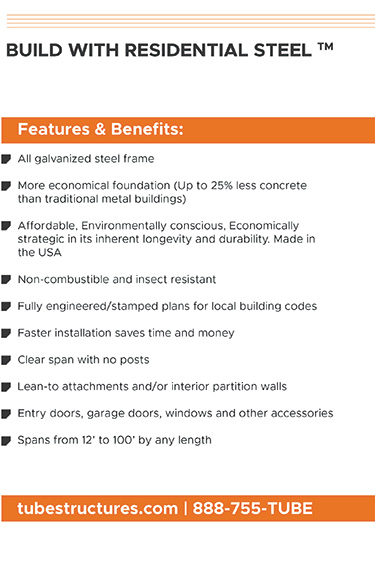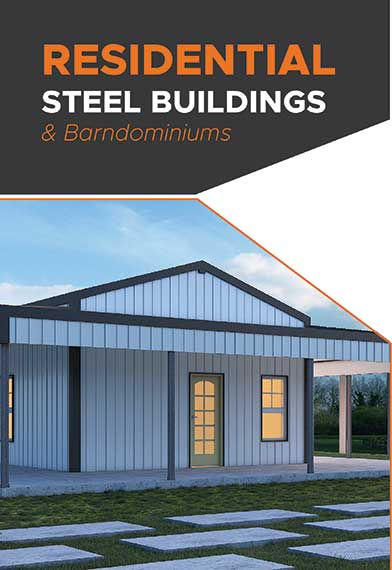USGBC and Health Product Declaration Collaborative aim to advance transparency and health in the building industry
- March 8, 2021
- Posted by: Alan Hageman
- Category: News

Material ingredient reporting and product transparency are on the rise in the green building industry, as builders and architects strive to improve the health of their buildings and understand the environmental impact of specified materials.
This week, during USGBC’s annual Greenbuild conference, USGBC and the Health Product Declaration® Collaborative (HPDC) have announced the formation of a new strategic partnership to advance transparency and material health practices in the building industry.
USGBC and HPDC will expand their collective efforts to accelerate the global development and use of healthier materials in buildings and communities.
HPDC’s Health Product Declaration (HPD) is an industry open-standard specification for the accurate, reliable and consistent reporting of product contents and associated health information, for products used in the built environment. Manufacturers follow the standard to report their product information and can then publish their reports to make them publicly and freely accessible. Over 4,100 HPD reports are currently available in the HPD Public Repository, representing over 10,000 building products.
The partnership will focus on four areas:
- Broadening the common framework for practice through open standards: Community-developed standards, such as the HPD Open Standard and LEED, have been instrumental in catalyzing interest and participation in transparency reporting and material health practice. Working with ecosystem partners, USGBC and HPDC will continue efforts to increase the effectiveness of these standards as catalysts for change.
- Information technology: Information technology (IT) is a crucial tool for integrating transparency and material health with the routine practices of design professionals and manufacturers. The strategic partnership will support a collaborative approach among ecosystem participants to build a cohesive, connected set of IT and platform offerings that enable both design professionals and manufacturers to easily and effectively use information resources to inform their decisions.
- Education and credentialing: Design professionals are critical decision makers in selecting and specifying products, and need more options and access to education in material health practice. USGBC and HPDC will work with ecosystem partners to increase the depth and breadth of education offerings and extend their availability to serve the broad population of global design and manufacturing professionals.
- Communication and support: USGBC and HPDC will work with ecosystem partners to create engaging forums for communication, problem solving and interaction among design and manufacturing practitioners. The end result desired is more rapid learning and growth of the community of practice, especially focused on outreach to global design professionals and manufacturers.
With LEED v4, USGBC introduced a set of frameworks and criteria for choosing materials that are better for human health and for the planet. The Materials and Resources (MR) credits in LEED v4 move projects away from single-attribute product selection and toward having a richer set of data to make more robust product selections, using multiple attributes.
USGBC and HPDC are also welcoming new organizations to join the ecosystem of partners for this initiative to expand transparency and material health research, tools, standards, certification, education and practice.


